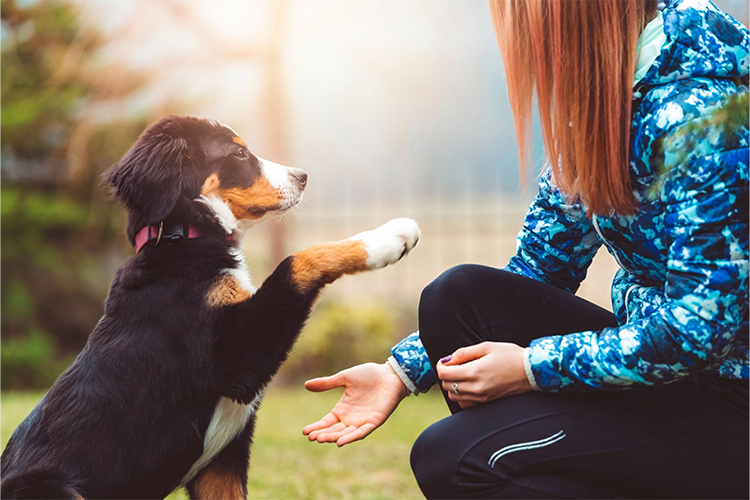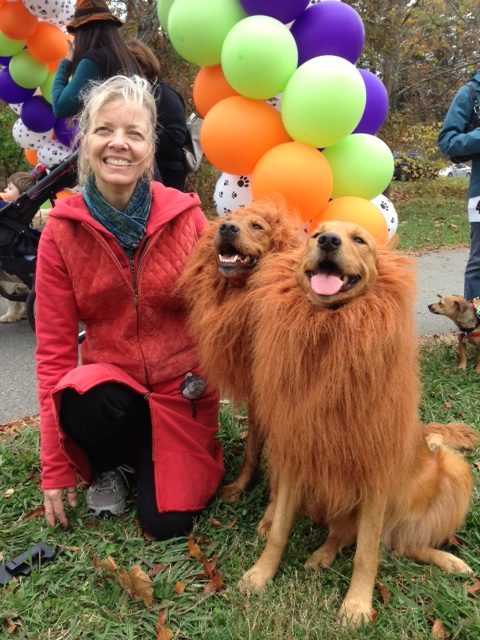Discover the Leading Errors to Avoid in Dog Training
Discover the Leading Errors to Avoid in Dog Training
Blog Article
Necessary Tips for Effective Dog Training: An Overview for Animal Owners
Reliable dog training is a multifaceted procedure that calls for a strategic technique tailored to both the family pet's character and the proprietor's purposes. Understanding how to navigate these challenges can significantly boost the training experience, inevitably changing the connection in between owner and dog.
Recognizing Dog Habits
Recognizing canine habits is crucial for efficient training and fostering an unified relationship between dogs and their owners. Pet dogs connect primarily via body movement, articulations, and activities, making it important for proprietors to translate these signals properly. Recognizing a dog's posture, tail placement, and ear orientation can provide insights right into its emotion. As an example, a wagging tail does not always indicate happiness; it can also signal enjoyment or anxiousness.

Socialization plays a significant duty in pet actions; direct exposure to numerous environments, people, and various other pets can dramatically affect a pet's personality. Variables such as breed attributes and specific personality need to lead training approaches, as some breeds may have particular behavior traits that necessitate tailored methods. By comprehending these aspects, proprietors can develop a helpful environment that urges positive habits, resulting in successful training results and a deeper bond with their pets.
Developing Regular Commands
Efficient communication with your dog begins with establishing consistent commands. This foundational aspect of training is essential for fostering understanding between you and your family pet. Consistency in the commands you utilize makes sure that your dog can accurately link details words or phrases with the wanted behaviors.
When picking commands, select clear, distinctive words that are easy to distinguish and state from each other. Avoid utilizing similar-sounding commands that might puzzle your dog. For instance, using "rest" and "stay" is appropriate, but "sit" and "struck" could cause misunderstandings.
Furthermore, preserve the exact same tone and volume for every command. Canines are delicate to vocal hints, so varying your tone can develop confusion.
It is equally crucial to ensure that all member of the family are on the same web page regarding the commands utilized. A united front in command usage will stop combined signals and enhance the learning process.
Favorable Support Strategies
The power of positive reinforcement in pet training lies in its capacity to encourage desired behaviors through rewards and praise. This strategy is grounded in the principle that actions followed by positive results are much more likely to be duplicated. By including favorable reinforcement into your training program, you can efficiently shape your canine's behavior in a positive way.
To carry out favorable reinforcement, it's necessary to determine what motivates your pet, whether it be treats, toys, or verbal appreciation. When your dog executes a wanted action, such as remaining on command, promptly compensate them with a reward or love. This association in between the command and the favorable end result strengthens their understanding.
It's essential to timing the incentives properly; delivering the support within seconds of the wanted behavior assists your dog make the link (dog training). In addition, consistency is vital-- guarantee that all link relative make use of the exact visit this site same commands and incentive systems to prevent confusion

Progressively, you can decrease the regularity of deals with as your pet finds out the habits, transitioning to praise or intermittent rewards. This approach not only fosters a strong bond between you and your pet but also promotes a positive knowing atmosphere, making training a delightful experience for both.
Socialization and Communication
Continually revealing your canine to a range of environments, people, and various other pets is vital for their social advancement. Socializing must start early, ideally during the important window of 3 to 14 weeks, when puppies are most responsive to brand-new experiences. Nevertheless, older dogs can also benefit from continuous socialization initiatives.
Introduce your dog to various setups, such as parks, pet-friendly shops, and metropolitan areas. This direct exposure aids them adjust to different stimulations, decreasing stress and anxiety and fear responses. Encourage favorable communications with various other pets and people, ensuring that these experiences are risk-free and controlled to foster self-confidence.
Utilize organized playdates with well-mannered pet dogs, as this can improve your dog's social abilities and educate them proper actions. Obedience classes and training sessions additionally offer exceptional opportunities for socializing, enabling your dog to interact with others in a supervised setting.
Monitor your canine's body movement throughout communications, as this will aid you determine their comfort level. Slowly increase exposure to even more tough situations while making certain that each experience declares. A well-socialized dog is a lot more likely to show well balanced habits, making them a happiness to have in any kind of setting.
Addressing Usual Training Obstacles
Every pet dog proprietor will experience training challenges at some time, no matter their pet's age or socialization level. Identifying typical issues such as pop over to this site stubbornness, interruptions, and fearfulness can aid in developing effective strategies for enhancement.

Gradually present disturbances as the pet ends up being a lot more skillful in commands. Short, constant training sessions are additionally effective in keeping attention.
Fearfulness can hinder a dog's learning process. Gradual desensitization to the source of fear, combined with positive support, can help alleviate stress and anxiety. Persistence is critical; never ever require a dog right into a situation that triggers distress, as this might worsen the problem.
Eventually, understanding and dealing with these common difficulties with an organized technique will certainly promote an extra effective training experience, enhancing the bond between canine and owner while advertising effective learning.
Verdict
In summary, effective pet dog training depends on a detailed understanding of canine actions, the establishment of consistent commands, and the application of positive reinforcement techniques. Socialization plays a crucial role in developing well-adjusted family pets, while addressing typical training difficulties calls for persistence and versatility. By implementing these important methods, family pet owners can foster a solid bond with their canines and advertise preferable behaviors, inevitably causing a harmonious relationship between human beings and their canine buddies.
Recognizing dog behavior is essential for effective training and fostering an unified partnership in between pooches and their owners.Socializing plays a substantial function in dog actions; direct exposure to various settings, individuals, and various other animals can substantially affect a pet dog's character.The power of positive reinforcement in canine training exists in its capacity to urge wanted actions via incentives and praise. By integrating favorable reinforcement into your training program, you can efficiently shape your canine's actions in a useful fashion.
In recap, effective canine training counts on a detailed understanding of canine actions, the establishment of consistent commands, and the application of favorable reinforcement methods.
Report this page